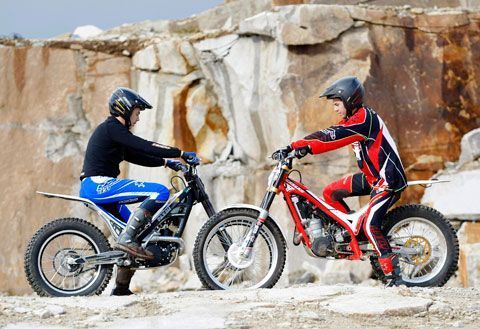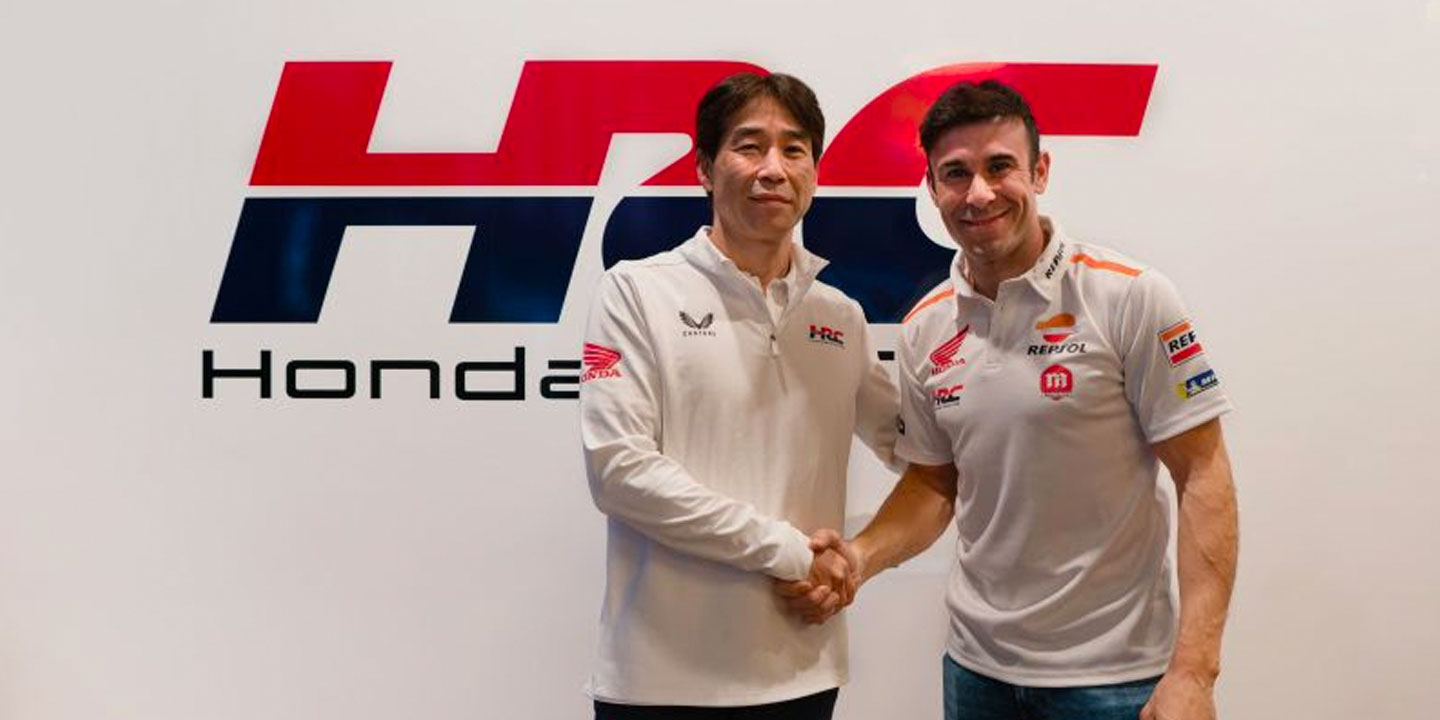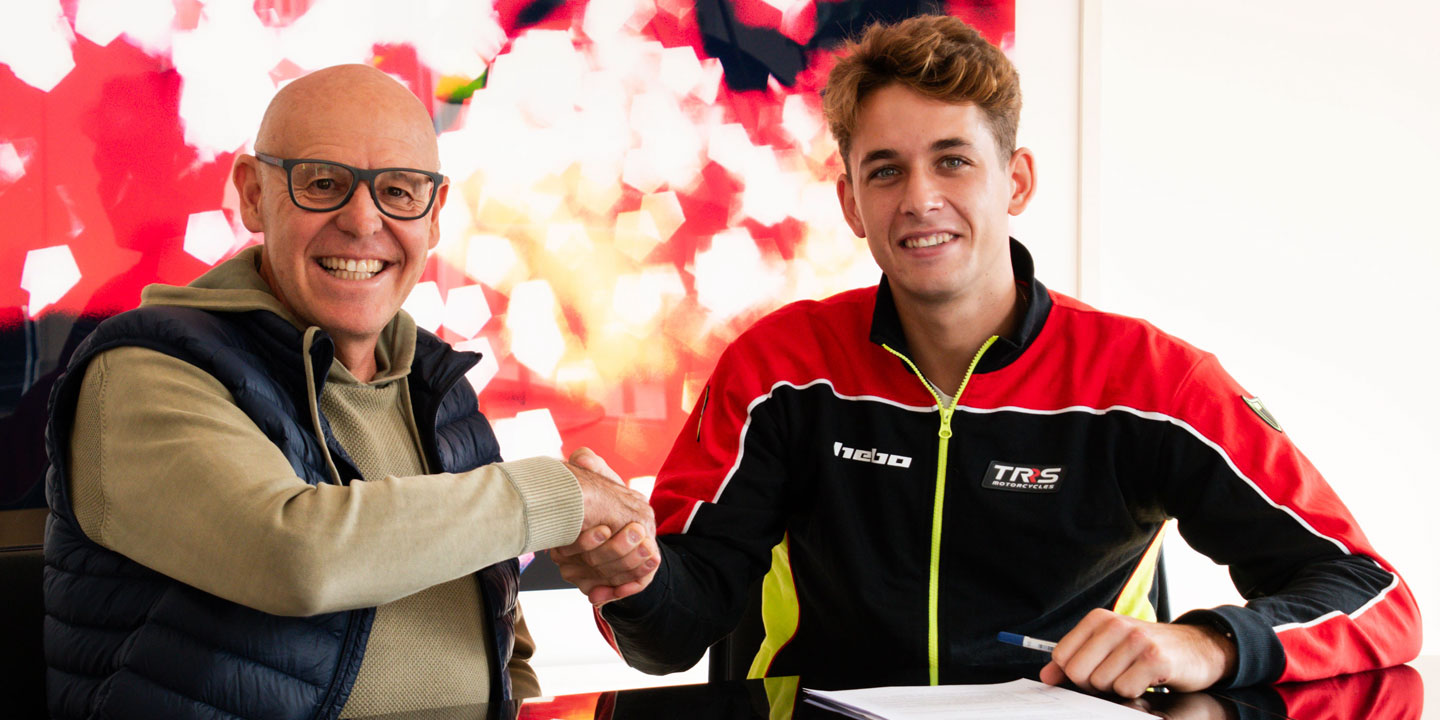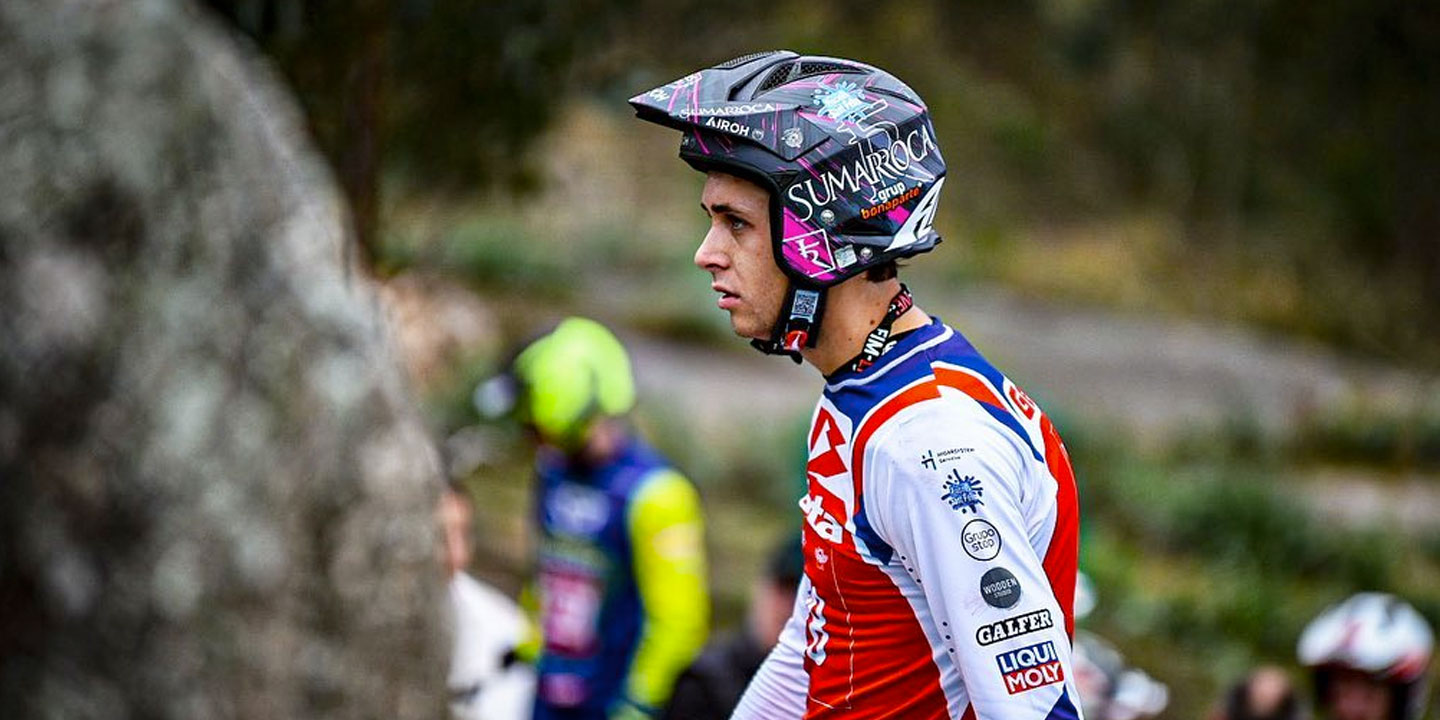
Consequently, it is practically impossible for a rider to stand out in elite competition without having previously passed through the lower categories, such as the Youth or Junior Cup, or without going further the Spanish Championship. Even so, less than 5%, being generous, will be able to dedicate themselves professionally to this discipline. At the amateur level the situation is not so dramatic, but it requires knowing a basic technique and dedicating many hours of training , since in Trial riding technical and physical skill intervenes, without forgetting precision and concentration.
In the Trialworld courses we have often come across riders who overcome considerable obstacles, but who do not manage to perfect or improve their technique. This is because they have many “bad vices” or simply courageously substitute for the most basic technical skill that every amateur pilot should work conscientiously on. Therefore, in this first chapter we are going to give you some very basic keys, but they are transcendental so that in the rest of the chapters you can acquire the knowledge with ease and quickly you can apply it effectively on your motorcycle.

First of all, you have to review the set-up of your bike and get used to executing the following actions on each outing.
Verification of the position of the handlebars and controls. One Too far forward handlebars will compromise the center of gravity and make it difficult for us to descend, while too far back will make us lose poise and control over the front end when facing obstacles. Therefore, taking a starting position of 90 degrees with respect to the ground, we will move it forward a few centimeters. Here we must also take into account the size of the pilot, so with criteria, everyone can put it to their liking. Another important point: the levers, for the same reason, should not be placed too high, because our wrists will suffer, nor too low, because on the descents we will lose control of the controls. Starting from a flat position, we can lower them a few centimeters to feel comfortable. It is also important not to tighten the grip on the handlebars too hard, but to allow it to oscillate if we make a little effort, in order to minimize the probability of lever breakage.
Remember that both the clutch and the brake must have one centimeter of dead play at the end of their travel.
Correct pressures. To promote a logical wear of the tyres and traction, we must keep an eye on the pressures before going out to ride. Always. We will put 450 grams in front and 300 grams in the rear. From there, depending on the complexion, we can go up or down to 050 grams. If we always ride with the same pressures, we will know our bike better, so we will be able to learn more quickly through sensations where we can give gas or at what speed to face certain obstacles.
There are many more details that are important to keep in mind, but fundamentally they are those two. Now we’re ready to get on the bike and start our technical progression. Once we are in the riding position, we will hold on to the handlebars, leaving the index finger of both hands free, which will be placed on the brake and clutch. The aim is for the clutch to be operated with a single finger, for the sake of maximum precision. Another important detail is to try to operate the clutch from its outermost part, as it is dosed better and the reactions are sweeter.

In this first lesson, we recommend you to ride based on these tips and try to perform turning exercises, always with the first gear engaged – it is common and wrong to do the areas that do not require inertia in second gear. A good exercise is to place two cones and make “eights”, closing the space between them more and more, in such a way that we force ourselves to use the clutch and trace correctly to face the second turn. Although it may seem simple, it is not so simple if we demand ourselves. As we get the hang of this exercise, we will start to perform it in areas with unevenness – ups and downs – so that in addition to turning, we start working the brakes simultaneously with the clutch.
The trick to this exercise is in the body position. Whenever we talk about a flat surface, we will keep it in a natural position, neither too far forward nor too far behind. Here we will work on the lateral movement, always leaning the body to the opposite side of the turn. That is, if theturn is right-handed, we will take the body to the left, so that we always manage to keep the center of gravity in the center of the bike. What would happen if, as in speed, we leaned to the side of the curve? Obviously, if we don’t have speed, we would end up compromising grip and losing our balance. Try it and see.
One last piece of advice: try to keep your knees bent. No stiffness. This is an exercise that we will notice more on the field, where this gesture will help us absorb the obstacles and that they do not unbalance us in the middle of the line.
For all those who wish to learn at the Trialworld School, next Saturday, September 24th there will be a face-to-face class in Madrid and all the information can be requested by emailing info@prebare.trial.sdi.es
You may also be interested in this report on the best secrets of Children’s Trial
{bonckowall source=”2″ pkey=”album” pvalue=”dqtrialworld” pvalue2=”FirstStepsInTrial” }{/bonckowall}









